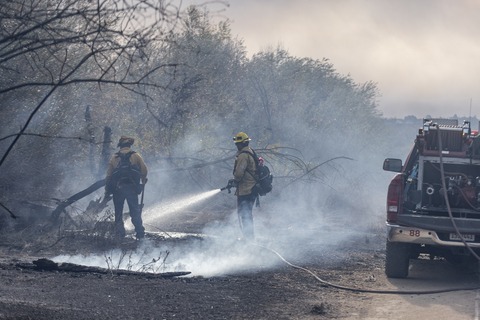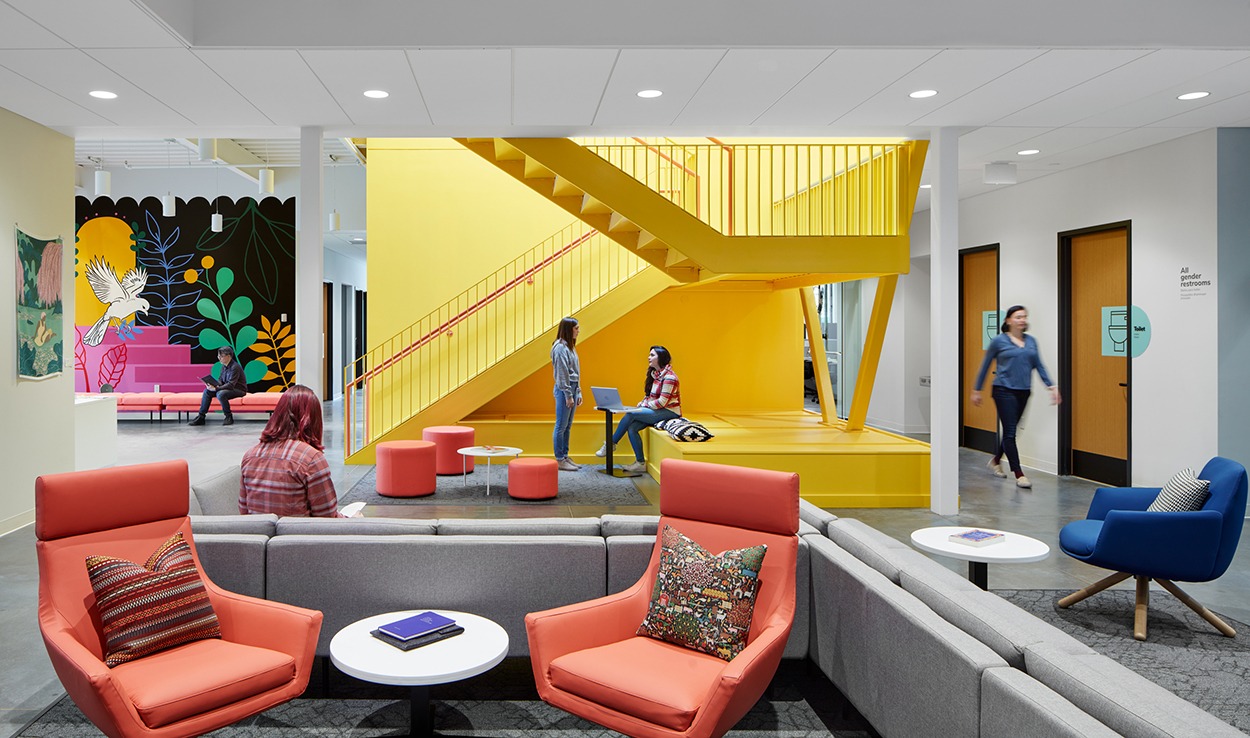"Climate change is no longer a distant threat. It's here. It's personal. And it's devastating."
These words, written by mental health architect Anosha Zanjani, who lost her house in the LA fires, are part of a powerful, call-to-action piece on designing for climate change that she posted on LinkedIn titled, "Rising from the Ashes: How Architecture Must Adapt to a Burning World."
Every architect, designer, building owner, and developer should read it.
As I write this, two of the fires that have burned more than 37,400 acres and destroyed over 16,000 structures in the Los Angeles area are still active. Twenty-eight people have died and more are expected to have health issues (and possibly even die) due to smoke inhalation.
It's a tragedy beyond words.
It's also the latest example of climate change's catastrophic impact on our world.
Climate Change's Impact
Now I know that fires are not always natural disasters caused by changes in weather conditions due to climate change, like hurricanes or tornadoes. But they are affected by the hotter, drier conditions caused by climate change.
It's also contributing to an increasing number of weather and climate disasters in our world that result in thousands of deaths and billions of dollars. In the U.S., there were 23 such events in 2023 -- the highest ever recorded in a single year.
As you may know, greenhouse gas emissions are the number one cause of climate change.
The U.S. healthcare industry, which is responsible for 8.5% of greenhouse gas emissions in our country, has taken action to reduce its carbon footprint. Initiatives like Health Care Without Harm's Health Care Climate Challenge and the government's Health Sector Pledge are concrete measures of their progress.
But now that we have a president who doesn't believe the U.S. should support climate change efforts, will that progress slow? Maybe -- especially if there aren't as many government incentives to reduce their carbon footprint or enhance their resilience to weather events.
I think the U.S. healthcare industry will stay the course and continue to fight the fight. Reducing carbon emissions will surely help slow climate change, but in the meantime, we need to be designing and constructing buildings that can withstand the effects of climate change. And not just in healthcare.
Fostering Balance, Renewal, & Resilience
As Anosha states, the LA fires are "teaching us valuable lessons about the intersection of climate change, our built environment, and our communities' mental health and well-being." She feels that designing buildings that foster balance, renewal, and resilience is the best way to adapt and protect against the devastating consequences of climate change on the physical environment.
She also calls for regenerative design -- a concept I first learned about many years ago from the late great Robin Guenther. "Regenerative design asks us to create spaces that actively give back to the environment and the people who inhabit them," Anosha writes.
I'm so glad Anosha started this conversation and I hope it will spark a new movement in design. Read her piece. It is eloquent, persuasive, and hopeful.
How To Help
If you want to help those who have been affected by the LA fires, check out how the LA design community is mobilizing.
Photo: ID 353887977 | California © Daniel Urdanivia | Dreamstime.com
P.S. Please do me a favor -- if you liked this post and like this blog, please share it with others by sending them the link or posting it on your LinkedIn, X, or Facebook. Also, don't forget to subscribe, so you'll get emails when new content is posted. Thanks!






